JTF (just the facts): Published in 2025 by Torch Press (here). Hardcover, 220 x 280 mm, 216 pages, with 72 color reproductions. Includes an essay by Teju Cole (in English/Japanese.) Design by Hans Gremmen. (Cover and spread shots below.)
The French edition of M/E has been published by Delpire & Co (here).
Comments/Context: As we grow into adults, our ability to appreciate the world with genuine childlike wonder often gets muted by the accumulated weight of our daily lives. The grinding hustle of this and that somehow prevents us from entirely noticing the small grandeur of the sun casting dappled light through the trees, the splattering of rain falling, or the buzzing of a bumblebee passing by. Even if we deliberately try to return ourselves to this kind of unencumbered seeing, we generally discover that we can’t always find it anymore; we’re older, wiser, and perhaps a bit more jaded now, and it’s extremely difficult to let go of all of our concerns to see the world around us with the unhurried curiosity we once took for granted.
To not only notice fleeting moments of quiet around us but to then actually photograph them in a way that preserves their sense of awe is a double play that a vanishingly small number of artists have consistently completed. It seems like such a task would be straightforward, especially for professional artists, but the common failure pattern of such attempts is that the pictures end up feeling forced, or mannered, or cloyingly obvious, in ways that drain all the subtle magic out of the moments – trying too hard to be simple and effortless can backfire, in most cases, leaving us with photographs that are well intentioned but altogether brittle and forgettable.
Rinko Kawauchi is a singular exception to the photographic masses who have struggled to document the gentle impermanence and grace of the world. Across her now three decades long photographic career, the Japanese photographer has paid understated but careful attention to the tiny overlooked rhythms of life, crafting a body of work that is satisfyingly and engagingly intimate. To my eye, even with all of her relative success, what Kawauchi achieves artistically continues to be undervalued – to make photographs with such astonishing lightness and serenity is extremely difficult, and few if any of her contemporaries can match her uniquely elegant vision.
Given her affinity for the subtle cycles of the natural world, it’s not at all surprising that Kawauchi would be drawn to the primal landscape of Iceland. She made a trip there in the summer of 2019, and seems to have taken a version of the path that many visitors follow, with a steady diet of glaciers, geysers, blue pools, rough lava flows, dormant volcanoes, and severely gorgeous vistas. But of course, she didn’t experience them quite in the same way as most tourists – Kawauchi felt a deep connection to the Earth (in its grandest sense as a single planet) that she hadn’t felt before, providing an elusive answer to “the unanswerable question of why I find myself alive right here and right now.”
Given her transcendent reaction to the place, she had hoped to return to Iceland quickly, but the pandemic thwarted that plan. Locked down in Japan, Kawauchi instead traveled north to Hokkaido in the depths of winter, in a sense embracing the frailty that such extreme conditions exposes. It seems Kawauchi, now in her 50s, was in a place of particular introspection, with the previous decade of her life filled with repeated upheavals and disruptions, from the earthquake in 2011 to her marriage and the birth of her daughter in 2016. Her recent photobook M/E is the product of this searching but turbulent mindset, and very much a pandemic-era book in its resolute slowness, blending her two sets of experiences into a single integrated whole. The M and E in the title refer to “mother” and “earth”, with the conjunction of “me” emerging as a more personally interpretative counterpoint to the larger forces implied by the two initial title.
When Kawauchi first emerged on the photography scene in the early 2000s, it was her acutely sensitive approach to the connection between nature and everyday life that really stood out, and in a good way, M/E feels like a return to those first principles, albeit with a layer of lived experience that now subtly informs her aesthetic interests and choices. The cover is wrapped in unassuming grey linen and embossed in silver with a sparkled pattern of spots of snow and ice; it’s lovely, and evocative of the kind of luminously hushed imagery to be found inside. The images themselves are printed on thin, delicate paper, too thin to allow for inking on both sides, so the photographs have spreads of white after each page turn, adding a sense of slowed pacing to the page turns. In this way, the design is filled with pauses and breaths, allowing us to follow Kawauchi’s artistic logic with patience and deliberation.
In terms of connection with the earth, Kawauchi’s Icelandic images taken deep in underground caverns feel the most resonant, even if they offer less opportunity for her to imprint her own aesthetic style. Several pictures look upward from the dark rocky hollows, up tunnels that reach to the surface, with shafts of light drifting down from above. Of course, these photographs offer a claustrophobic sense of being inside, or under the everyday world, with craggy rock faces, deep overhangs, and mysterious burrowed depths accessed only with hard hats and head lamps. Back on the surface, massive natural forces seem to dominate, from calving glaciers and frothy waterfalls to wide expanses of ice and mossy hillsides enshrouded in mist. This dwarfing scale (and evidence of vast time) all around certainly had the effect of putting Kawauchi in her place, her vulnerability as a human made clear by the unforgiving surroundings.
Back in Japan, Kawauchi’s icy observations are more intimately scaled, but still aware of the harshness that the enveloping whiteness represents. She catches an icy sunrise through a stand of evergreens, notices the fragile cracks, spots, and sparkles of frosty snowflakes on windows and glass surfaces, singles out icicles dangling from roof edges, and appreciates the way light bends and bounces through crisp snowy air, turning frigid mists into soft flares and hazy rainbows.
The rest of the images in M/E are less readily identifiable by location, their intimacy bringing us in even tighter and adding a feeling of universality. Many of the pictures feature smaller observations, which then echo and resonate as the pages turn. Light, and its complex reactions to different forms of water, is a common subject, with water droplets and snowflakes creating dots, flares, shimmers, color gradients, and sparkles in the air, and hazy mists, waterfall residues, and floating clouds veiling summer afternoons, Icelandic hikers, and even the moon; a few images add what appears to be tossed sand into the air, creating yet another variation on the visual theme of hovering smoky fog. The wetness continues via glass bowls of water, wet feathers, water droplets on windows, leaves, and a spiderweb, a triangle of ice held in a hand, a bug perched on water, concentric ripples in a pool of water, and many more glares, pinpricks, and distortions of light when water is present in one form or another. From the macro to the micro, Kawauchi is quietly and reverently weaving together the world, connecting it via light and water.
Still other pictures ground us in the tranquility of the everyday, in pictures that connect all the way back to the beginning of Kawauchi’s career. A sliced apple on a plate, a snake caught in a glass jar, the V of migrating birds, a child’s handful of gravel, the stars in the sky, a lone bird in flight – each is a whisper of natural magic, catching the ephemerality of life in a moment of relative stillness. Near the end of the photobook, children appear a few more times, adding a nostalgic sense of passing time, with twinkling light falling over their heads and a soft fade enveloping their easy going summer afternoons.
While many pandemic-era projects have wrestled with a brooding sense of loneliness, frustration, and isolation, M/E is almost the opposite; it weaves Kawauchi’s different experiences, and her different observations of scale, into a unified whole that acknowledges our inherent human vulnerabilities but still feels supportively integrated. In her head, our planet doesn’t seem to be grimly divided and separated – it’s gloriously interwoven in time and space, in ways that are to be re-seen, internalized, and admired. In this way, M/E offers a mature sense of understated optimism – it’s a gracefully firm declaration that the world is still very much interconnected, if we’ll only stop ourselves long enough to pay attention to its wonders.
Collector’s POV: Rinko Kawauchi is represented by Rose Gallery in Santa Monica (here), Galerie Priska Pasquer in Paris (here), Christophe Guye Galerie in Zurich (here), and Meesen in Brussels (here). Kawauchi’s work has been only intermittently available in the secondary markets in the past decade, with prices ranging from roughly $1000 to $7000.
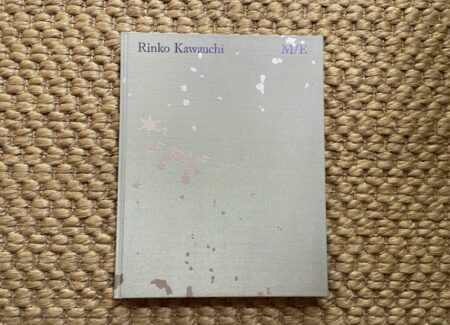
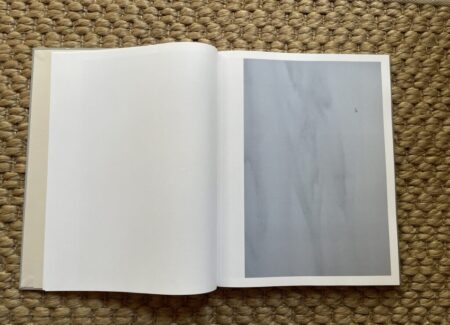
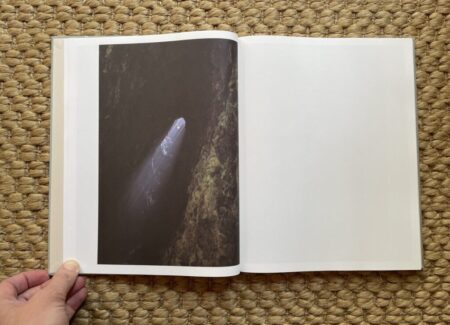

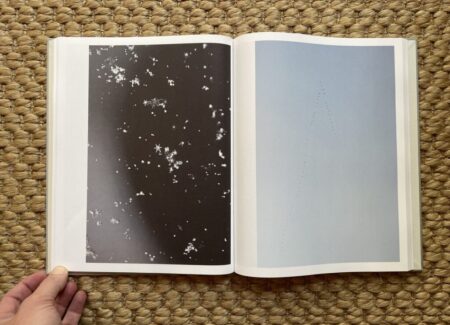
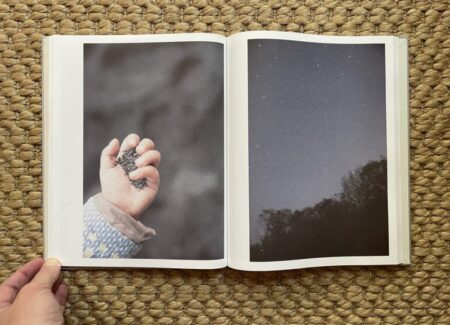
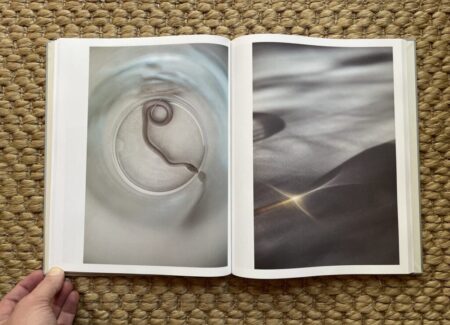

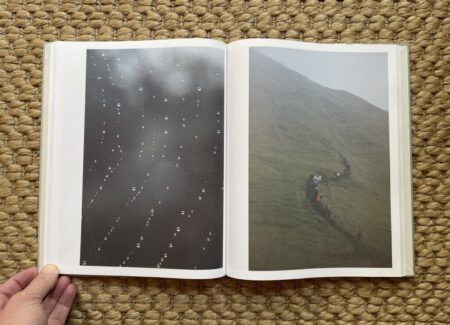
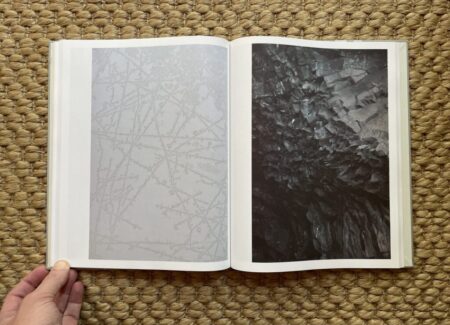
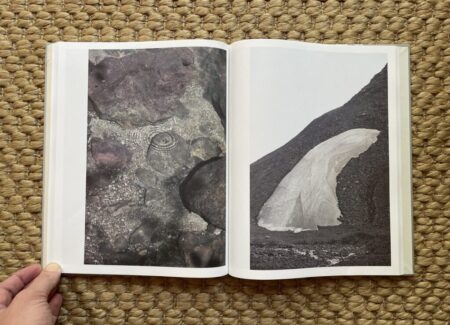
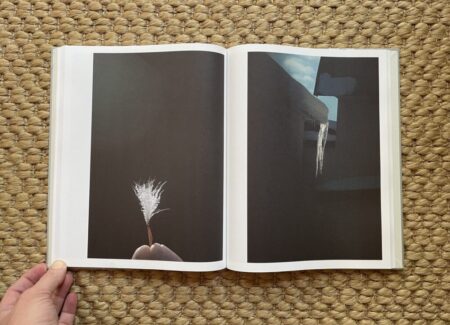
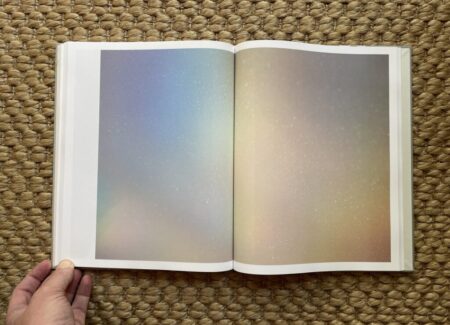
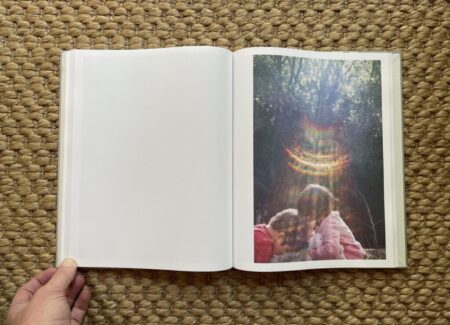
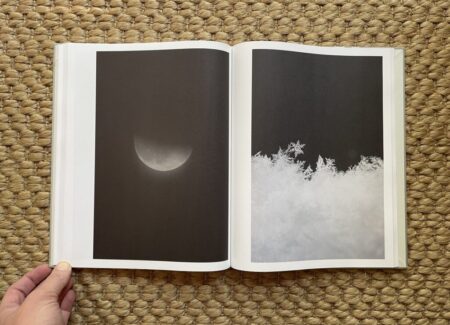
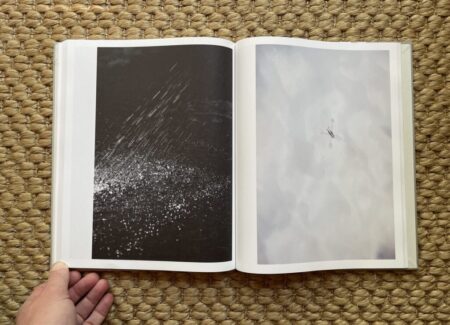
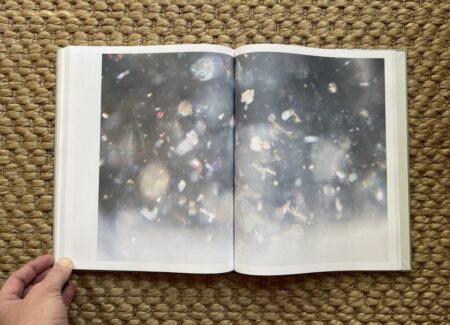
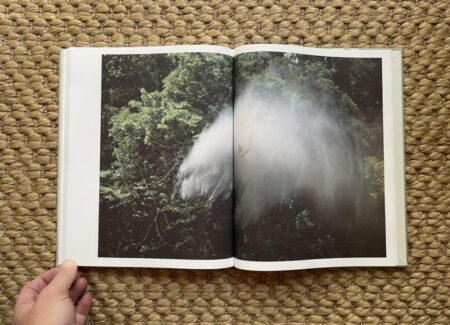
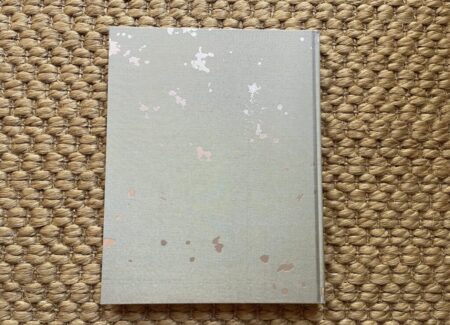




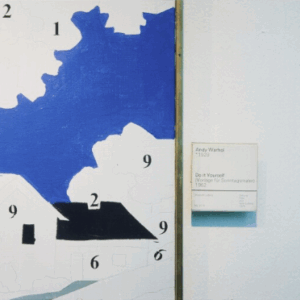
If I see another close up of a hand with something in it I’m gonna lose my mind